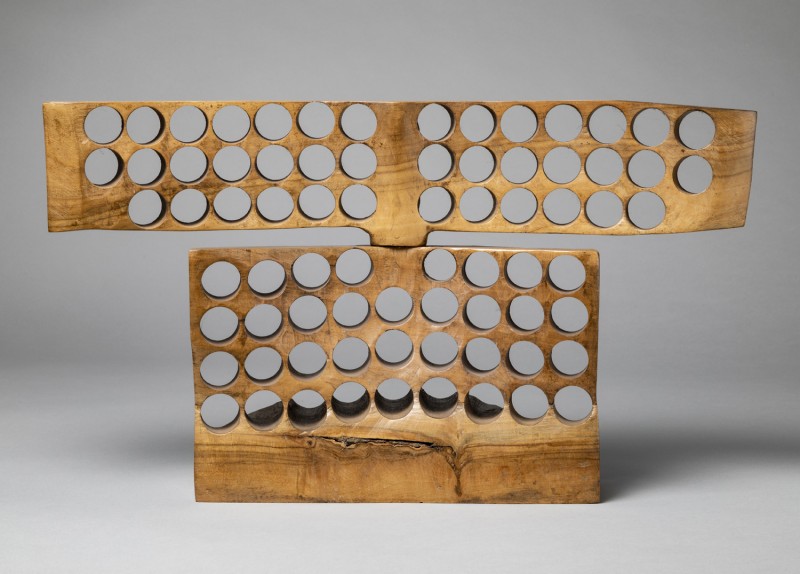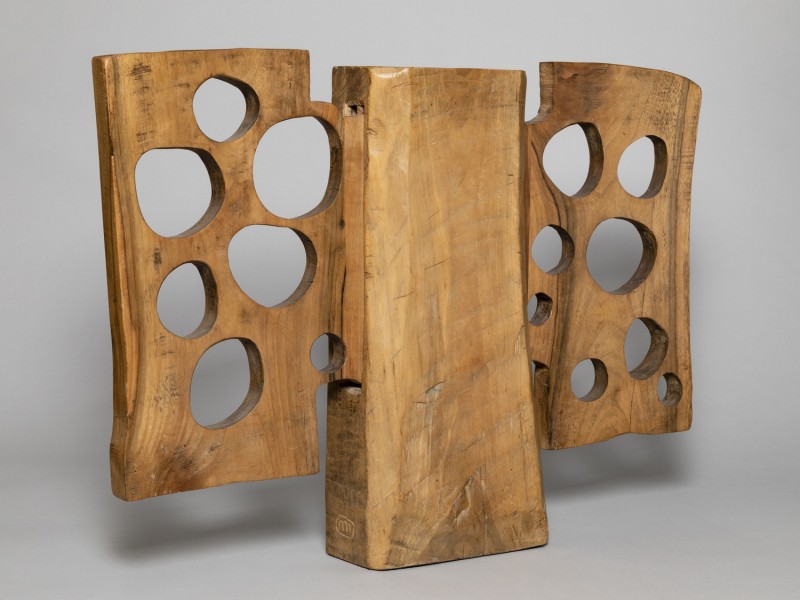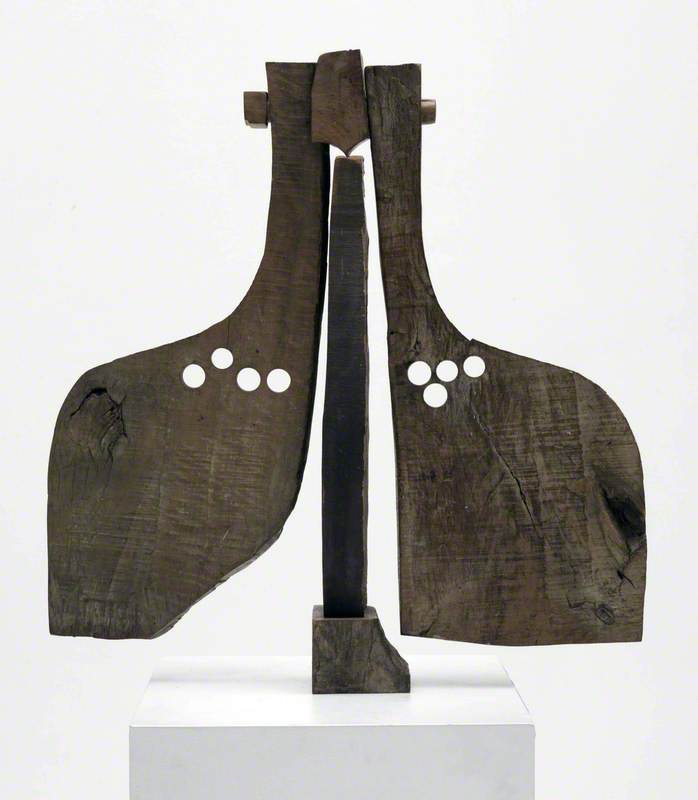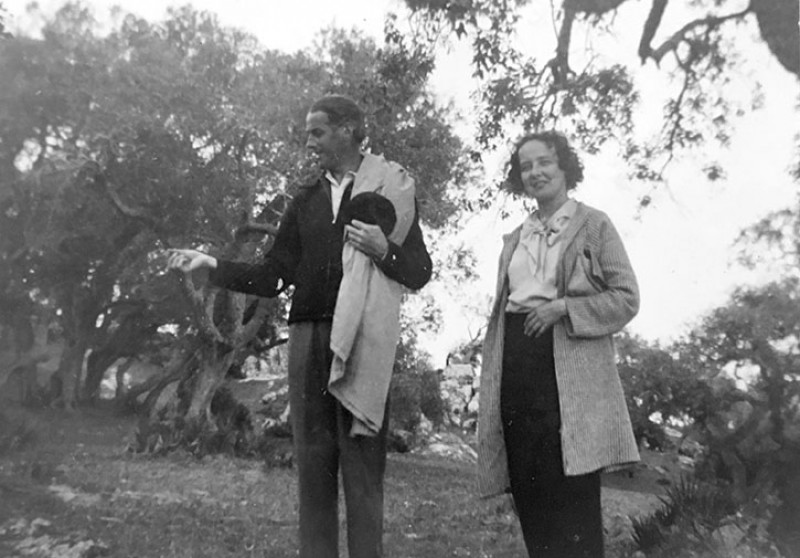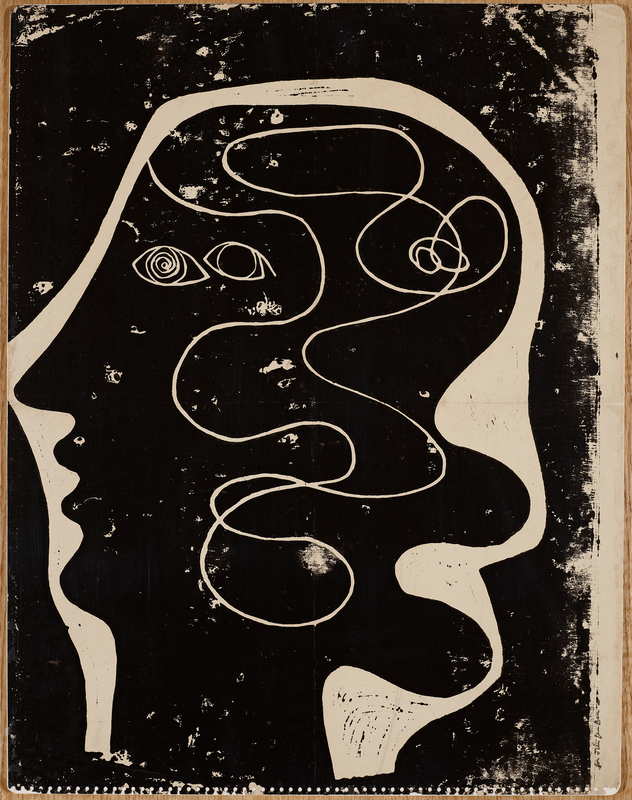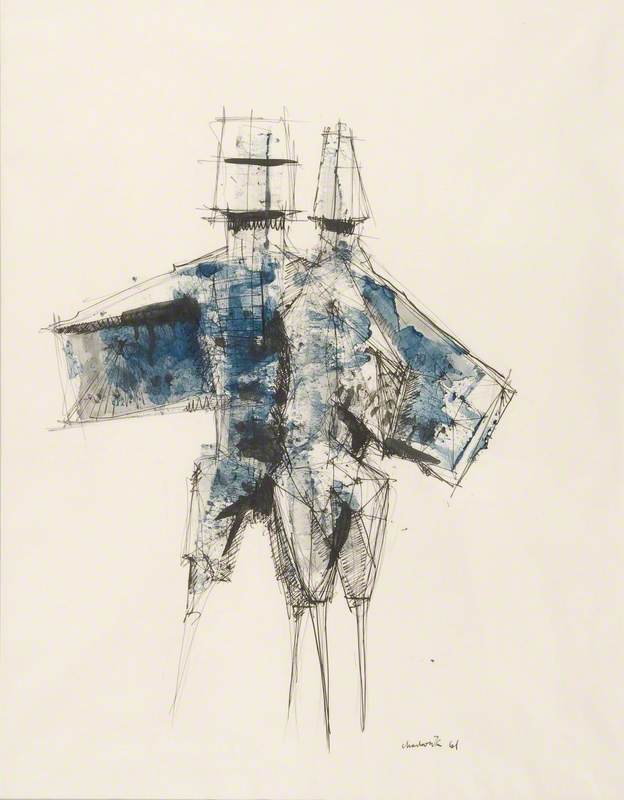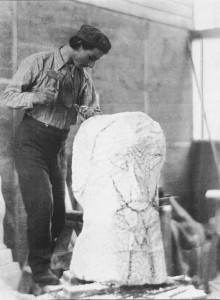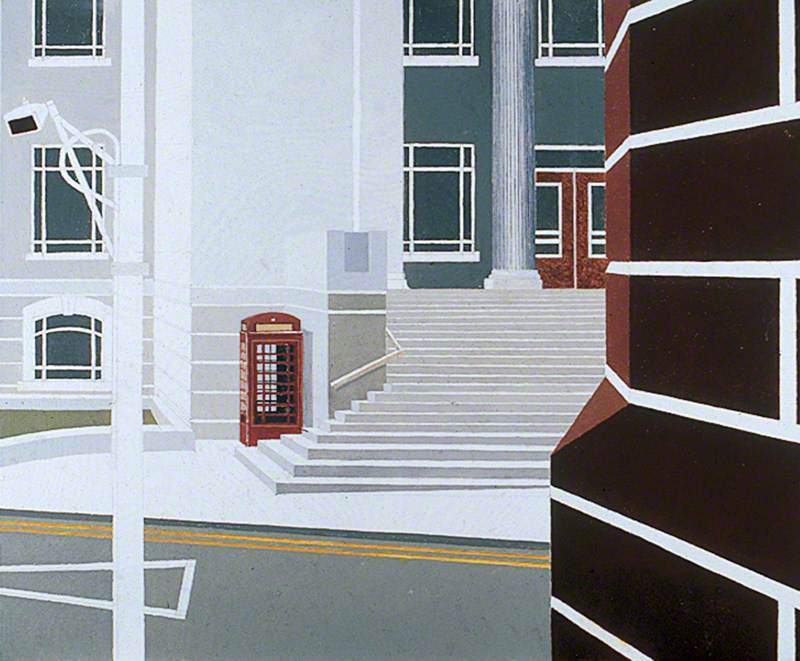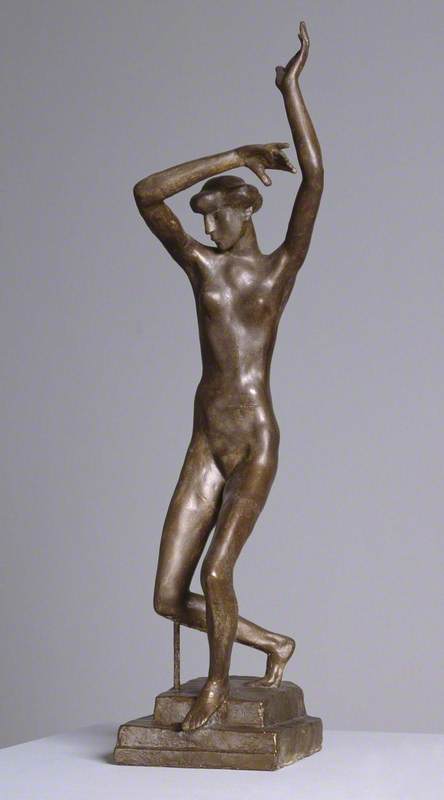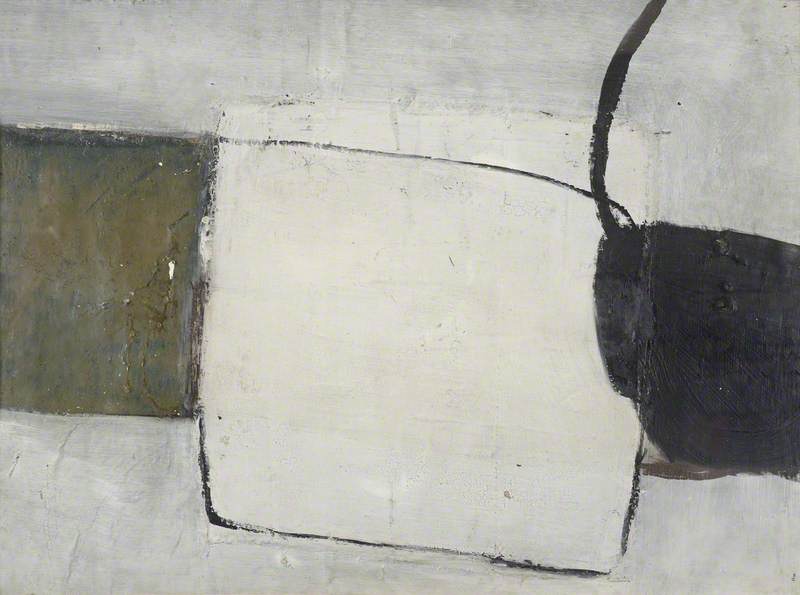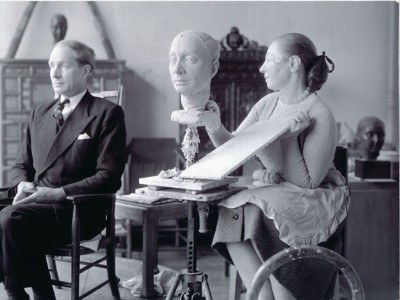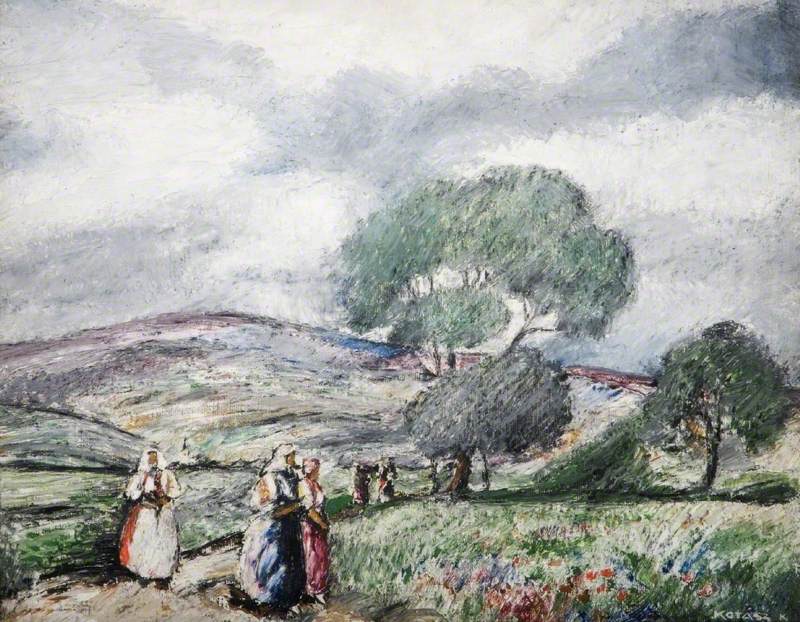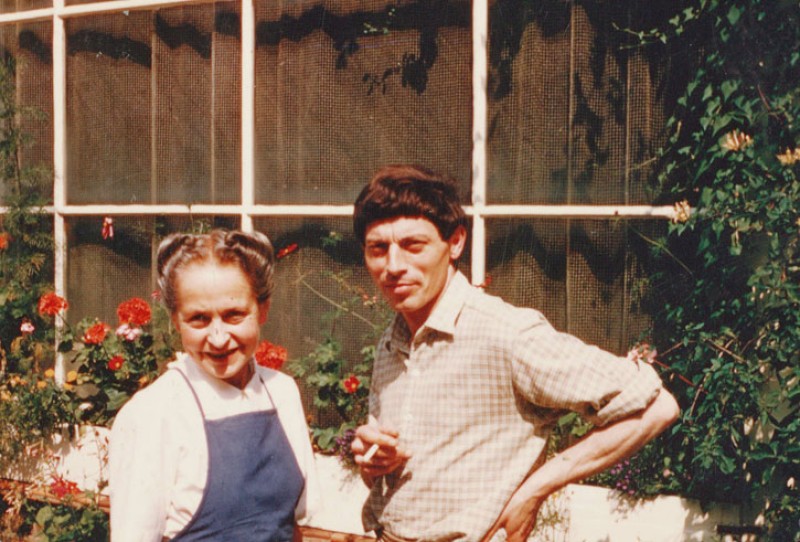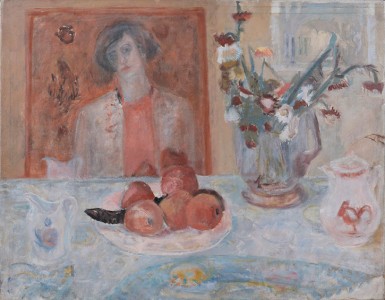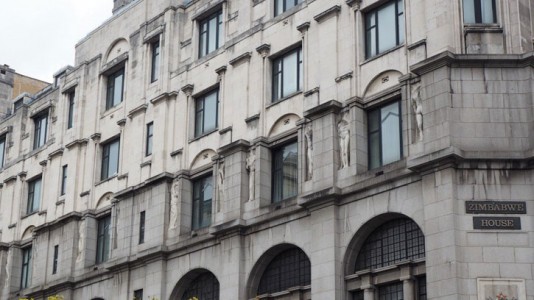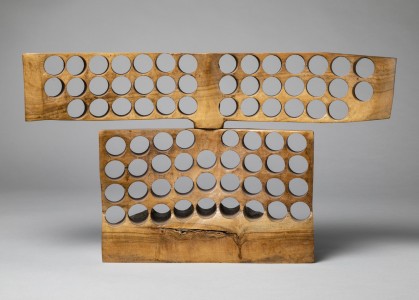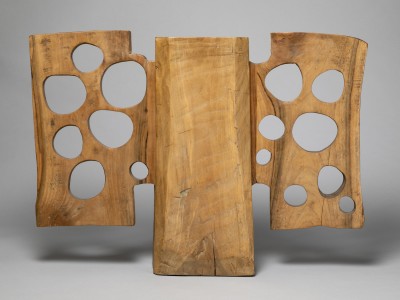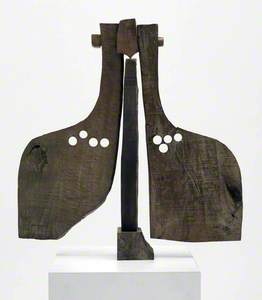This summer, the Brukenthal National Museum in Sibiu, Romania, opens one of the largest exhibitions to date of work by sculptor Ovidiu Maitec (1925–2007). Marking the centenary of his birth, 'Ovidiu Maitec 100' brings together works from Romanian museums, private collections and the artist's family collection for a retrospective that celebrates Maitec's oeuvre.
Curated by Irina Ungureanu Sturza and coordinated by Dr Alexandru Constantin Chituță, the exhibition is organised by the Brukenthal National Museum and the National Heritage Institute, in partnership with the Maitec Association and the artist's family, Dana and Stéphane Maitec.
In the lead-up to the exhibition, Stéphane Maitec, the artist's son, spoke about his own early creative influences, his parents' artistic partnership, and Ovidiu's life and legacy.
Stéphane was shaped from an early age by the artistic world created by his parents. 'I remember the clay box in my father's studio – soft, with the scent of fresh earth and a slightly choking taste,' he said. 'My father would show me how to shape animals out of clay, and he would carve airplanes, boats, and all sorts of toys out of wood for me. Each one had a story, and I would imagine entire worlds, which surely shaped my creativity as a young child.'
Ovidiu Maitec in his studio on Pangrati Street, Bucharest, 2006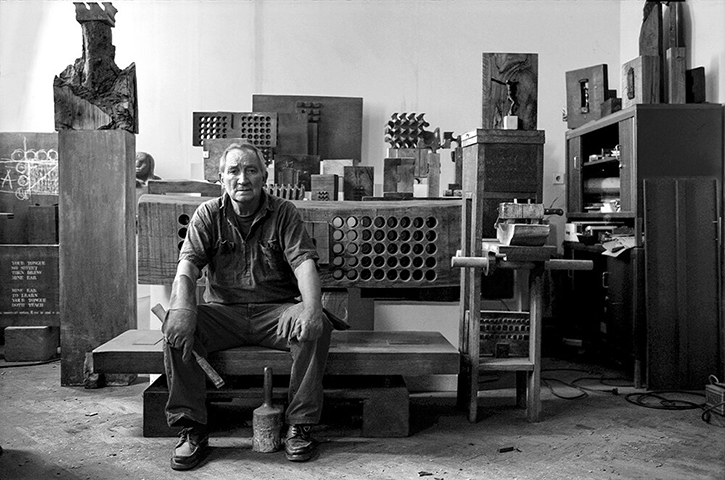
His memories of his mother's painting studio, the artist Sultana Maitec (1928–2016), are just as vivid: 'Colours were pure magic. The tubes of paint and brushes were an irresistible attraction for me. I "painted" on the walls, on my clothes, on the floor, on pieces of furniture... but my mother always encouraged me to keep going – the studio was a free space. I believe this idea of having a place where all your thoughts can come to life in color influenced me profoundly.'
His parents met in the 1950s at what is now known as the National University of Arts Bucharest (UNArte), at a time of strict Soviet control over artistic production.
Sultana, a second-year student at the time, 'had the courage to go against the tide, using a completely prohibited technique – impasto with a palette knife. At the time, this was a real act of defiance. Her professors did not overlook her boldness, and they made her repeat the year. My father, who was an assistant professor in the Artistic Anatomy department, stood up for her. He was fascinated by her courage, her talent, her beauty, and her determined attitude. This is how their love story began.'
Their partnership would go on to last more than 50 years, and Stéphane and his wife Dana now carry on that legacy as artists working in collaboration.
One major milestone in Ovidiu's career came in the late 1960s, as Romania's political climate began to shift. Limited openings toward the West offered new opportunities for artists like Maitec, who had previously been restricted by the aesthetic framework of Socialist Realism.
Exhibition of works by Ovidiu Maitec
Kettle's Yard, Cambridge, 1973 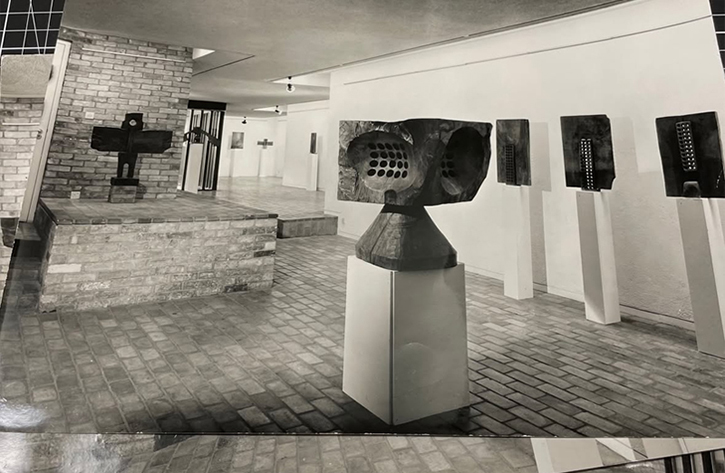
'Ovidiu, fascinated by Brâncuși's works since 1962, gradually moved away from figurative language in sculpture,' Stéphane said. 'His work did not go unnoticed by the art critics in Romania, and considering the new trends of openness to the West, the Ministry of Culture proposed him to participate in the 1968 Venice Biennale.'
Sculptures by Ovidiu Maitec
'Romanian Art Today', Richard Demarco Gallery, Edinburgh, 1971 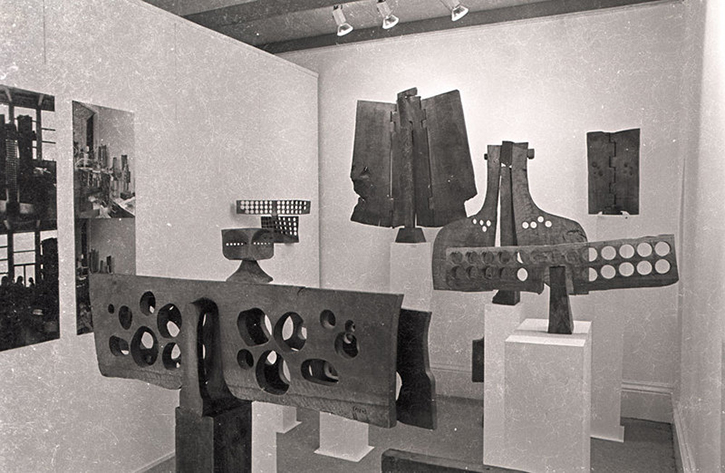
The Biennale marked Maitec's first major international exposure. 'His works attracted the attention of international critics, specialized press, and art galleries,' Stéphane recalled. A solo show at The Circle Gallery in London followed in 1969, where his sculptures caught the eye of the Scottish curator Richard Demarco.
Just two years later, Demarco invited him to take part in the exhibition 'Romanian Art Today', held at the 1971 Edinburgh International Festival. It was there that Maitec met Jim Ede, the founder of Kettle's Yard, and where Ede also first encountered Radar II (1970), a sculpture he later purchased. The piece remains on permanent display in the Kettle's Yard collection, alongside Bird (1969).
In 1973, another solo show was held, this time at Kettle's Yard, in what would become a defining moment in Maitec's international career. The catalogue for this exhibition included the following text by Jim Ede:
'Ovidiu Maitec is a sculptor in the deepest tradition of Romanian art, sensitive, alert and purposeful. Like Brâncuși he is immediately conscious of the needs of different materials; stone being stone and wood being wood. His work in whatever substance springs from a grand and living love, and although we are in the midst of a technological age he will, for instance, show the beauty of wood and the love of creating an object by hand.'
While the works included at Kettle's Yard were of an intimate scale, Stéphane explained that his father's vision was always expansive: 'every sculpture, regardless of its size, was conceived as a potential project for a future monument. Just like in Brâncuși's work, monumentality was one of the most important and obsessive aspects of Ovidiu's creation.'
Radar II
1970, sculpture by Ovidiu Maitec (1925–2007) 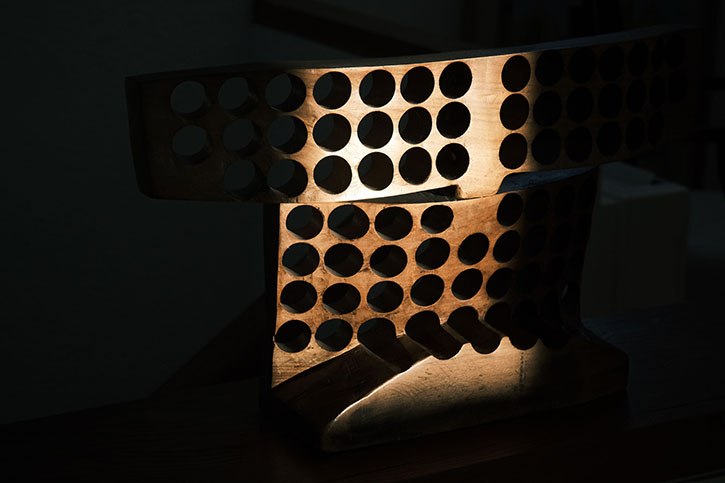
'Ovidiu Maitec 100' will also present sculptures from a more painful chapter in the artist's life – one that marked a profound shift in both his style and subject matter. During the December 1989 Revolution, his studio, which was located opposite the national television station, was caught in the crossfire. Stéphane recalled 'The fire consumed all his life's work. Of course, he managed to rebuild himself, like the Phoenix, but the shock of losing the 70 major sculptures had a profound impact on his vision and the message of his work.'
That loss, Stéphane says, was transformative. 'Until then, his sculptures were kinetic, ethereal, radiating light, embodying the flight, the freedom, and the hope, with articulated forms such as Birds, Triumphal Arches, Open Gates, Radars, or Butterflies. After the fire, they became grounded, enclosed, heavy, with a sense of waiting, melancholic, and austere, such as Closed Gates, Thrones, Containers, and Sarcophagi that he created in the years that followed.'
Featuring close to 50 works spanning multiple decades, 'Ovidiu Maitec 100' reflects the full arc of the artist's creative journey and offers a rare opportunity to see a comprehensive body of his sculptures in the country where he lived and worked for most of his life.
Sid White-Jones, Visitor Assistant, Kettle's Yard
'Ovidiu Maitec 100' is showing at the Brukenthal National Museum, Sibiu, Romania, until 30th August 2025
